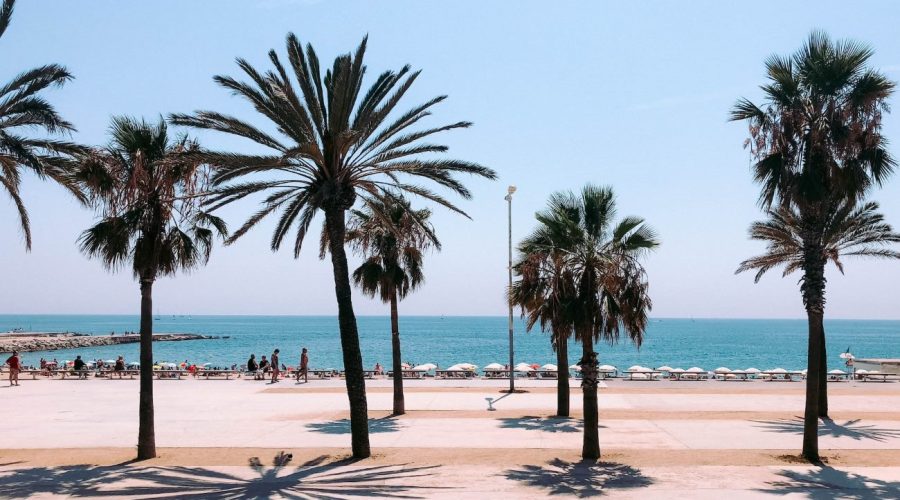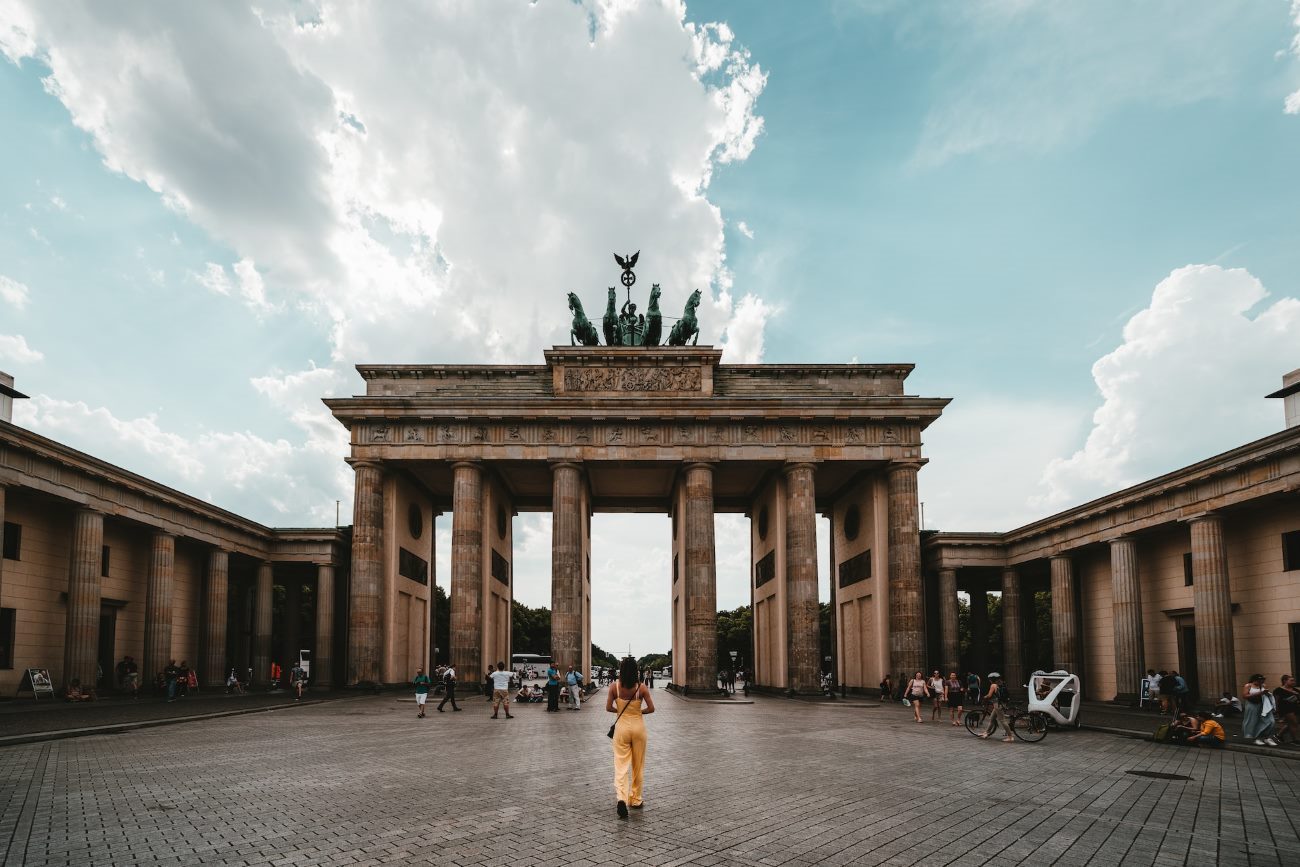Exploring the Origins of London Place Names
The city with some of the most fascinating stories in London is England’s capital, London. There are many places in London whose names come from the history of London. It is about iconic landmarks as well as the thinking man’s neighborhood. In this article, we will explore the origins of some of London’s best known and some of its better known, place names.
1. The City of London
Well, we will begin with The City of London, the heart of London. It is also known as the ‘Square Mile’ due to its status as the historic core of the capital. You may wonder why it is a mile when technically it isn’t as it says. Actually, what the term ‘mile’ does is refer to the area, which is around 1.12 square miles.
The name “London” can be traced to the Roman period, when the Romans founded a settlement known as “Londinium” about 43 AD. The name ‘Londinium’ may be derived from a Celtic word meaning ‘wild’, or as ‘uninhabited,’ meaning it was uncultivated at the time of settlement.
2. Hampstead
Heading north of the city center, we get to the pleasant Hampstead district. A picturesque streets, Hampstead Heath, and a quaint village like atmosphere typify this area. The name of ‘Hampstead’ derives from the Saxon term for ‘homestead’ or ‘enclosed pasture’, it is an obvious reference to its rural origins.
3. Camden Town
The area of Camden Town lies just south of Hampstead and is a vibrant neighborhood. Camden Town is famous for its hectic markets and alternative culture, and is a lively place with locals and visitors. The Camden referred to in the name Camden Town belonged to Charles Pratt, the first earl Camden. During the first half of the 18th century, the area was owned by large estates by Pratt.
4. Notting Hill
The eponymous romantic comedy film released starring Julia Roberts and Hugh Grant brought Notting Hill fame in northwest London. Old English names “Notting Hill” translates to ‘Cnotta Hill/the knotted hill’. Notting Hill received this name from the Old English words Cnotta (knotted thorny bushes) and Hill (the hill). ‘Cnotta Hyll’ became changed over time into ‘Notting Hill.’ Nowadays, the area is characterized by trendy boutiques, colorful houses and the famous Notting Hill Carnival.
5. Mayfair
Elegance, Luxury and High End Shopping; it’s Mayfair, an affluent neighbourhood, in the West End. According to the origin of the name, it originated from the name of the May Fair which was taken place annually from 17th and 18th centuries. In this area was held the fair, famous for revelries, games and exchange.
6. Greenwich
Greenwich, in the southeast of central London, is a maritime spot with a loyal following and a home to the Prime Meridian line. The Old English words „Grene “(green) and „Wic“(settlement or port) are responsible for the name „Greenwich“. The translation into English of this name is taken from the very green landscapes of the area, as well as its historical importance as a trading and maritime hub.
Conclusion
London’s place names reveal the city’s intriguing past. Not only does it uncover the very origins behind these names, but learning how they came about not only enriches our understanding of the city’s history, but it also further connects us to the city’s vibrant culture and heritage. With words as individual as ‘Hampstead’ and ‘Londinium’ to the more crowded ‘Camden Town’, London’s place names tell us a little about the multitude of sights that make up such a fantastic city.
If you are walking through the City of London or admiring the Notting Hill coloured houses, pause to appreciate the stories within each name and behind the layered history that each name represents.
Table of Contents



